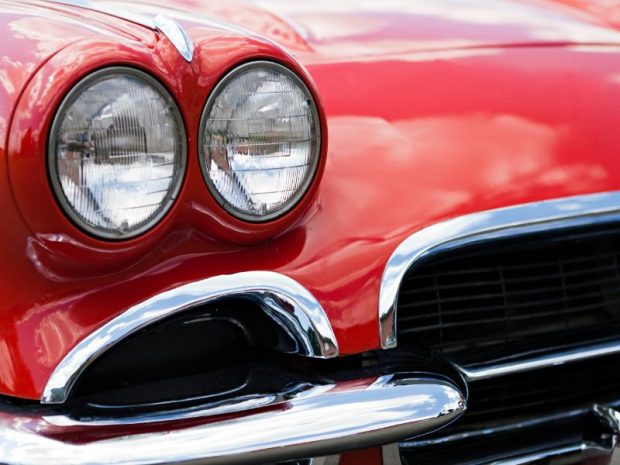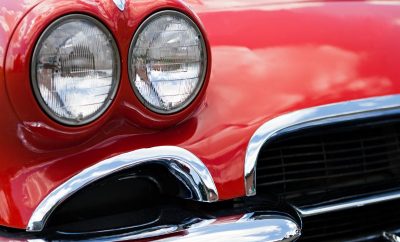
Time can be a cruel mistress. Buildings crumble, people age, and car interiors crack and fade. While we can’t do anything to prevent the slow and inexorable passage of time, we can take steps to restore that which time has worn away.
If you’ve got a classic muscle car that has seen better days, here are a few pointers to help you restore it to its former glory.
1. Don’t Rush
It’s easy to get discouraged when your project doesn’t start coming together immediately. You might want to give up, or you might feel like you need to rush through the repairs and refinishes in order to get things done as quickly as possible. Car restoration projects take time.
According to industry experts, a full restoration project can take upwards of 3,500 hours — and that doesn’t include time spent ordering parts or buying materials. It can take even longer if you’re having to learn all the skills you need to actually complete the project. Be patient, don’t rush, and give yourself the time you need to finish the job properly.
2. Collect Your Tools
The details of your project will determine the kind of tools that you’ll need to finish the job, but you’ll want to ensure that you have all the basics on hand, including:
- A bit driver set. The chances are high that you’ll need to remove screws and hex keys to access various parts of the interior. Instead of hauling a bunch of screwdrivers and Allen keys, just invest in a good bit driver set.
- Pry tools of various sizes and shapes
- Hog ring pliers
- An air compressor to power your tools
- Heat guns for vinyl and fabric applications
- Polishing wheels and other cleaning implements
Make sure you have as many of the necessary tools on hand as possible before you start your project so you don’t have to worry about making a trip to the store mid-project.
Many of the tasks you’ll need to complete will be time-sensitive — you don’t want to apply liner adhesive, only to realize that you don’t have the tools you need to remove any bubbles from beneath the fabric, for example.
3. Deep Clean
Your next step should be to deep clean the interior. Even a well-maintained classic car will have dirt in all the nooks and crannies from years — and one that is suffering from years of neglect will need even more work. If you aren’t confident in your detailing skills, consider taking your car to a company that specializes in detailing classic or antique cars.
Don’t just go to any car wash. Most of them won’t know how to handle a classic car and may do more harm than good. A good thorough detailing service will give you a better idea of what kind of work you need to do and may expose problems that are hiding behind a layer of dirt and grime.
4. Find and Repair Rust

Most rust problems occur on the exterior of the vehicle, but the floor panels and undercarriage aren’t immune to rust, especially if your classic car spent time in an area prone to snow that saw a lot of road salt exposure.
As you’re cleaning, make note of any rust spots, especially underneath the seats or under the carpeting in the footwells. These will need to be repaired as part of your restoration project. Don’t just cover them up with fresh paint and new carpet. They won’t just go away and will continue to get worse over time.
Make sure you’re inspecting for severe rust problems before you make your initial muscle car purchase. Most problems can be repaired, but if your floorboard is more rust than steel, or the rust is eating away at the frame of the car creating structural damage, you might want to pass in favor of something a little less dangerous.
5. Restore Vinyl and Plastic
Vinyl and plastic are especially susceptible to damage from long-term sun exposure. If your classic car has been parked outside, or you spent a lot of time driving, chances are that there are cracked and dried vinyl or plastic pieces within the interior.
These can either be repaired or, if the damage is extensive, replaced. If replacement is necessary, opt for something as close to the original as possible. Not only will it look better but it will help to preserve the aesthetic of the vehicle. This is essential if you’re planning to take your favorite classic muscle car to a show — there are some that only allow entries if they are as close to the original as possible.
Enjoy Your New Car
Time might be a cruel mistress, but with a bit of elbow grease and some persistence, we can undo some of the damage that she does. Once the job is done, all that’s left to do is sit back and enjoy your new interior and all the character it adds to your favorite classic car.
VN:F [1.9.22_1171]
VN:F [1.9.22_1171]
Source link


